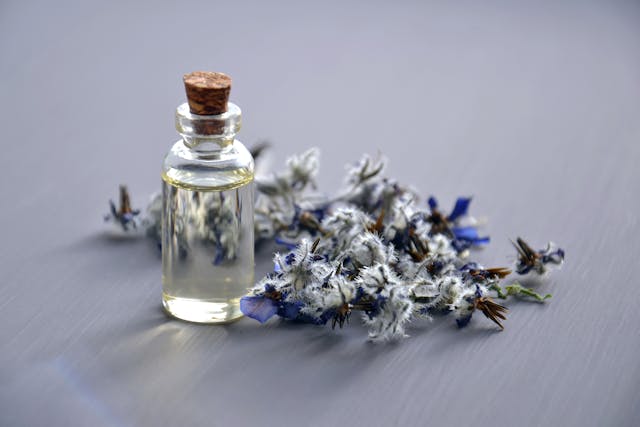Is it important to apply my skincare products in a specific order? It turns out that it does!
Any Skin Care Routine’s Basics
Aside from the order in which you apply your products, some experts believe it’s also crucial to think about how long it takes your skin to absorb them. However, most of us are frequently in a hurry to get somewhere (or hit the sack)

A Step-by-Step Guide to Your Daytime Skin Care Routine
According to Dr. Rogers, the morning regimen is all about protecting yourself from the sun, pollution, and the elements, so save your peel pads and therapy products like retinol for the evening.
CLEANSER IS THE FIRST STEP.
Start your day by sprinkling warm water on your face or, if necessary, washing with a gentle face cleanser tailored for your skin type.
Learn more: What Are the Different Types of Face Cleansers?
STEP 2: USE A TONER
Most individuals avoid toners for a variety of reasons, one of which is a lingering belief that toners are harsh and irritate the skin. Fortunately, that is no longer the case.
While the latest generation of toners do not literally “shrink” pores, they can work as a delivery system for antioxidants, vitamin-B derivatives, and even toning acids. Furthermore, because each type of toner is designed to address a certain skin issue, it’s critical to use the correct one for your problem.
However, if you’ve never used a toner before and your skin appears to be healthy, there’s no need to start now. Toners were intended to assist restore the pH of the skin after it had become overly basic due to the use of harsh soaps. Toners are no longer necessary for me because face cleansers are so well balanced.
However, if you have a favorite toner, there’s no harm in sticking with it.
ANTIOXIDANT SERUM (STEP 3)
Because serums are highly concentrated, nutrient-dense treatments that target specific issues, it’s best to apply them as near to the skin as possible. There are a variety of serums on the market today, but Dr. Rogers suggests antioxidant serums for daytime use. Antioxidant serums provide a number of benefits, including reducing inflammation and neutralizing the damage caused by UV radiation and environmental contaminants.
EYE CREAM (STEP 4)
Starting in your 20s, Dr. Annie Chiu, a board-certified dermatologist, recommends using an eye cream at least once a night, if not twice a day. “It’s all about keeping the eyelid skin healthy and thick. Improving the quality of the skin in this area early on ensures that the eyelid skin retains its suppleness and smooth appearance later.”
Consistency is essential for the best results. “Over time, regular usage of eye cream will maintain the eyelid skin elastic and can help to repair or prevent fine wrinkles and collagen loss.” Remember, there is no such thing as magic. It takes time for results to appear.
STEP 5: TREATMENT ON THE SPOT
Prescription drugs and acne spot treatments, according to Dr. Diane De Fiori, a dermatologist at Rosacea Treatment Clinic, should be placed as near to the skin as possible to enhance their effectiveness.
Because active components in acne spot treatments vary, check the package or visit your doctor for the optimum application method. According to esthetician and acne specialist Ashley Wiley, prescription-strength benzoyl peroxide, a topical acne spot-treatment component, has a one-to-three-hour working time. “Any cream that comes into contact with it before it’s finished working will most likely prevent the active component from doing its job correctly.”
MOISTURIZER (STEP SIX)
Even if you have oily skin, you must use a moisturiser. “Even though your body has its own natural lubricating system consisting of glands that secrete oil (or sebum) to maintain a protective coating against harsh outside conditions and infections, most of us do need extra hydration after the havoc that sun, weather, and harsh chemicals wreak on our skin,” says board-certified dermatologist Dr. Sandra Kopp.
The optimal time to apply a moisturiser is while the skin is still damp, according to most experts, so the sooner you finish your serum and treatment, the sooner you can seal in much-needed hydration with your moisturiser.
SUNSCREEN (STEP 7)
If you’re using a physical or mineral sunscreen that works by physically blocking UV rays, it should be the last step in your daytime skincare routine. When applying chemical sunscreen, this procedure becomes more difficult.
We hope these tips help!


